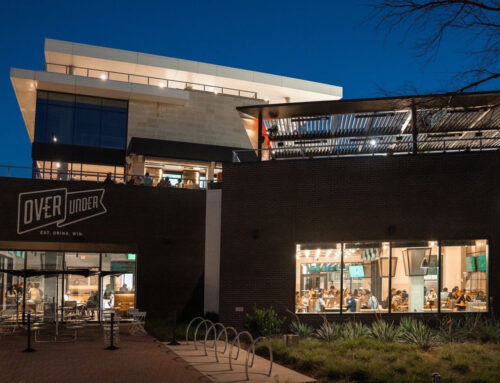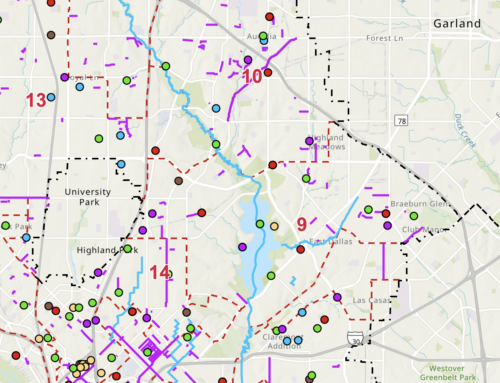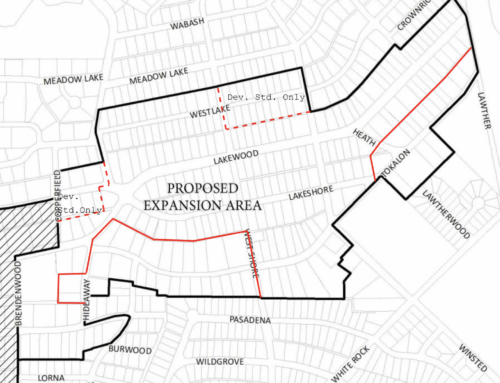If the experience of other cities is any guide, the opening of DART light-rail service between Downtown and Park Lane should have a big impact on future development in East Dallas, not just along the rail line, but also in our nearby neighborhoods.
In other cities, new light-rail systems usually have brought about an increase in the value of both commercial and residential property in the area.
A very unscientific sampling of passenger reaction on the opening last month was overwhelmingly positive. It was especially gratifying to zip through the tunnel from Mockingbird to Downtown since the East Dallas and Oak Lawn neighborhoods had fought tooth and nail to get it in the DART service plan despite suburban skepticism.
Now, as DART hopefully builds on its current run of success, support for the system should grow. The Cityplace station is scheduled to open in 1999. Excavation has been completed for a future Knox-Henderson station, but a roadblock to completion exists in the form of needing about $30 million to finish the job, which probably won’t be on the table for consideration until Richardson, Plano and Garland have received their rail service in 2002 and 2003.
One idea with a lot of potential, which I heard from East Dallasite and former DART Board member Michael Campbell, is to establish a tax increment financing district, or “TIF,” in the booming Knox-Henderson area.
In a TIF, property owners in an area voluntarily set up a district where increases in property tax revenue over a certain period of time are invested back into improvements for the area.
It seems to me this would benefit everyone in the area and get the station open more quickly.
The Gate Debate
A couple of months ago, I briefly mentioned two new developments in the Lower Greenville area – both “zero-lot-line” or townhouse-type projects – one on Prospect between Matilda and Greenville and one at the corner of Oram and Hubert.
Both are new construction and will apparently be “gated communities,” with limited access except for residents.
As an aside, it appeared that almost all of the mature trees on the Oram and Hubert lot had been removed, which prompted a call to the City to check on possible violation of our tree-preservation ordinance. The builder, however, had already agreed to optional mitigation measures and was in compliance.
The bigger question to ponder here is the trend to try to find greater security by walling ourselves off from each other.
Certainly, the safety of our families and ourselves is of paramount importance, but do we change and improve our surroundings by withdrawing from them or by engaging with them? This is no small issue, as gated communities have become a very popular and very marketable type of development.
Planners and sociologists generally decry the perceived effect these developments have on our sense of community, whether in a treeless suburb or in an urban center.
Is there a better, more community-oriented way to address our social problems, or will we all eventually live behind walls?
By the way, if you spot a tree-related problem, call the City Arborists at 214-948-4480 from 8 a.m.-4:30 p.m. or call the Dallas Historic Tree Coalition at 214-739-5886 any time.





